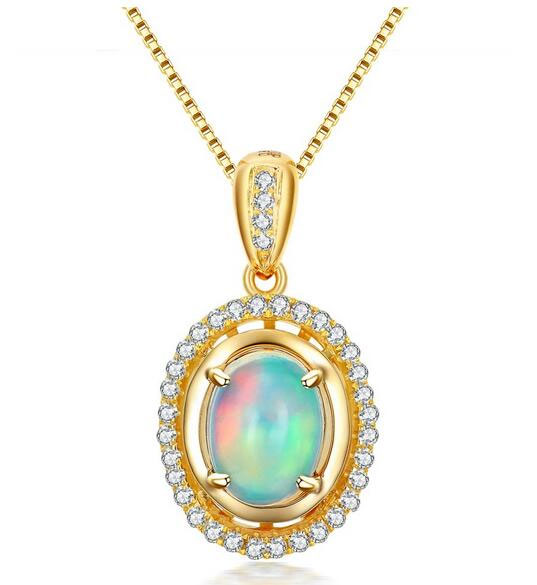The history and culture of Opal Stone
On the same piece of gems, you can see the ruby ​​color and the mystery of the amethyst. It is a wonderful thing. Opal Stone combines the colorful colors and transforms into one. Unbelievable brilliance, exudes a unique charm, let people inadvertently fall in love with its magic.

Opal, from Latin Opalus, Opalus from the Greek word Opalios, Opalios from the Sanskrit word Upala, meaning precious gems. One of the beautiful and precious gems in the world is the birthstone of October. Mr. Ren Yi, Chairman of the company, said that it is a gelatinous or liquid silica that remains in the cracks of the formation and deposits in the cave to form an amorphous amorphous gemstone, which also contains animal and plant residues, such as trees and carapace. And bones, etc. The water content in high-grade opals can be as high as 10%, and 95% of the world's opal is produced in Australia.
In Europe, Opal was known as a Roman Empire and was of great value. According to Pliny, the Nunnery of the Senate has a very beautiful opal. He is very fond of it. At that time, the ruler Anthony asked him to give it, otherwise he would be exiled. As a result, Nonining chose to go exile and refused to offer Opal to Anthony. The learned Roman scholar Pliny described opal stone as "the fire of rubies, the bright purple of amethyst, and the sea green of emeralds. All colors are incredibly combined to shine." The Romans called opal stone The son of Cupid (Cupid Paederos is a beautiful angel in love) and respects it as a symbol of hope and purity. At that time, Opal Stone was thought to prevent the wearer from getting sick.
The Orientals respect the opal stone and regard it as a sacred gem representing the spirit of loyalty. Orpheus wrote that Opal Stone "filled the hearts of the gods with joy."
The Arabs believe that Opal Stone has fallen from the gleaming universe, and that it has acquired its magical color. In ancient Greece, they were thought to have the power to foresee and foresee the aura of their masters. Queen Josephine had a gem called "Troy Burning", named after its dazzling color change. The great literati of Elizabeth I was among the enthusiastic admirers.
Nontoxic Black Porcelain Bowl,Black Glass Tableware,Eco-Friendly Black Glass Tableware,Creative Tableware Combination Plate
shaoxing qinzi business company ltd , https://www.qinzisx.com
